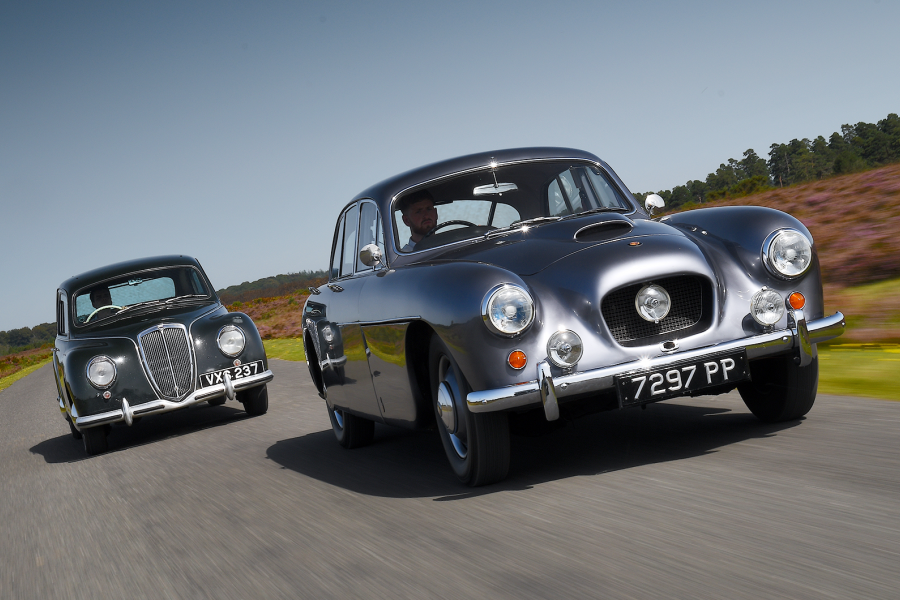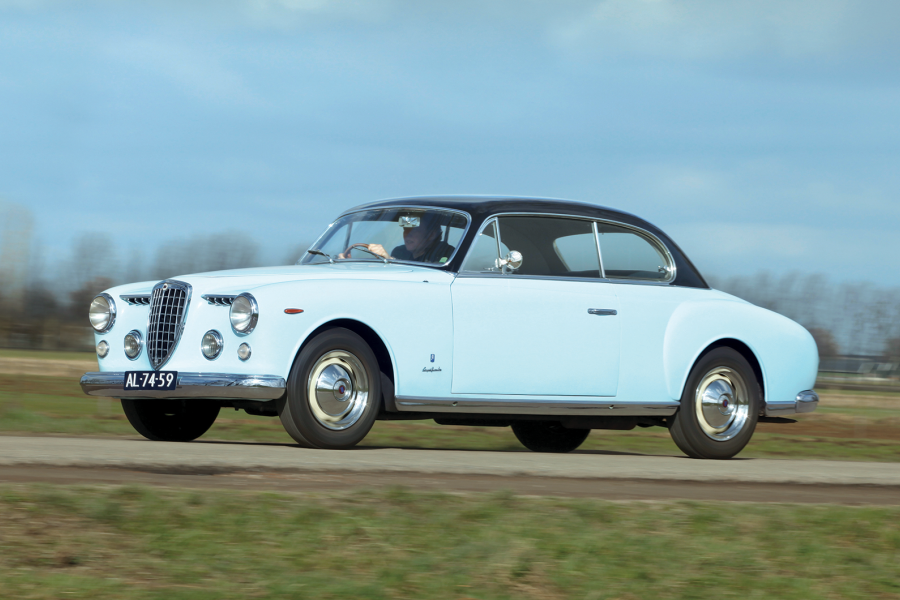
Why you’d want a Lancia Aprilia
The last car conceived by Vincenzo Lancia, the Aprilia was designed by Battista Falchetto, who also helped style the Lambda, and was one of the first road cars to be wind-tunnel tested.
The shape was exceptionally smooth, with the boot blended into the bodyshell.
The Lancia Aprilia was of integrated monocoque construction, with four pillarless doors. It boasted a light, compact, narrow-angle V4 engine with hemispherical combustion chambers, and four-wheel hydraulic brakes – inboard at the rear – with finned aluminium drums.
A 9ft wheelbase within a 13ft-long car meant that it had a wheel at each corner and, with sophisticated independent suspension, the Aprilia feels incredibly modern for its age.
Even Vincenzo himself, the ultimate critic, spontaneously declared after his first drive in the prototype: “What a magnificent car!”
A platform chassis with a 4in-longer wheelbase was produced for coachbuilt bodies, which made up 30% of Aprilia sales: early on, Trasformabile cabriolets were series-built by Stabilimenti Farina, and post-war versions had leaf-sprung live rear axles.
Lancia still preferred right-hand-drive, regardless of the market: no left-hand-drive Aprilias are known.

First-series Aprilias were imported to the UK by Lancia Works of Alperton without trim or even bumpers to minimise import duties; many were upholstered in leather instead of the standard cloth.
















